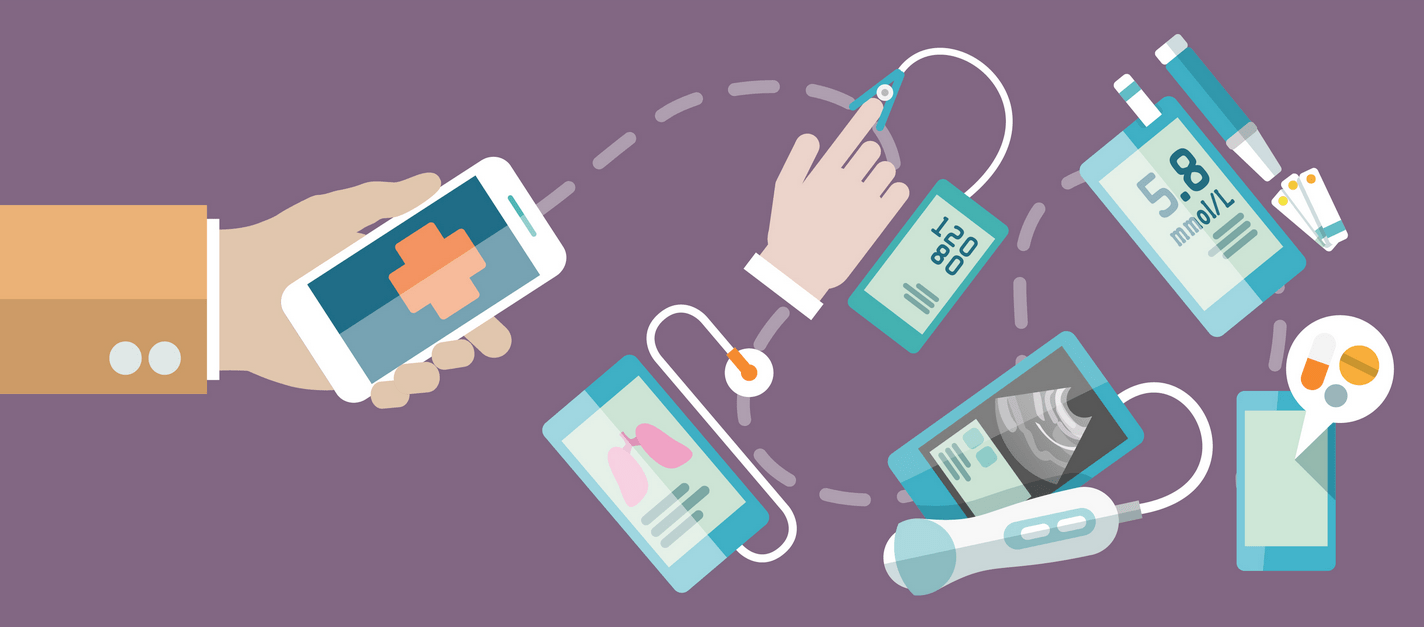Jon Bloom, CEO, Podimetrics
Every year, 1.5 million Americans are diagnosed with diabetes. Without a cure, this adds to the 30.3 million American adults and children who live with diabetes and face the added consequences of stroke, kidney disease, ulcers, and amputation. In fact, 1.7 million Americans suffer from diabetic foot ulcers (DFUs), which are the leading cause of non-traumatic lower extremity amputations in the United States and have been conservatively estimated to cost our nation’s healthcare system $17 billion annually. Thankfully, technology has helped us find a solution. That solution depends on continually reliable wireless connectivity.
For such a widespread epidemic with symptoms as significant as amputation, treatment for DFUs could be as easy as patients staying off their feet or buying new shoes. The key to a successful treatment is detecting a problem before it becomes more serious. My company Podimetrics depends on reliable cellular connectivity to help diabetic patients across the country detect and prevent ulcers before they happen. Our FDA-cleared SmartMat™ technology monitors patients’ baseline foot temperatures, requiring them to stand on the mat for just 20 seconds a day, and transmits their data securely to the cloud where our Remote Temperature Monitoring System™ analyzes patients’ foot temperatures and signs of inflammation suggestive of a possible ulcer. If a hotspot is detected, the patient’s healthcare providers begin appropriate treatment. Our solution has already enabled hundreds of diabetes patients to monitor and treat potentially devastating diabetic foot ulcers, but these benefits would not exist without basic access to cellular data connectivity.
My company is proud to be part of a growing community of device makers and innovators offering new solutions to our nation’s most pressing healthcare challenges. Faced with growing numbers of Americans diagnosed with diabetes, heart disease, obesity, or even struggling with opioid abuse, internet-enabled technologies allow us to deliver care, monitor symptoms, and treat patients where they are. The solutions this community offers would be impossible without widespread connectivity, both to support the remote functions of their new technologies and ensure the patients in need can access the treatments that help – no matter where they are.
It will be critical for wireless connectivity to grow along with healthcare solutions. While there is no problem now, the number of connected devices and healthcare tools continues to grow and broadband-enabled solutions are coming online rapidly – some of which require an unprecedented quantity of data flow. These will all depend on support from the most efficient and advanced 5G networks that can handle the secure transmission of massive loads of data from patient to device, device to doctor, patient to pharmacy, and every iteration in between. The promise of a robust broadband and 5G network will ensure connectivity for these important interactions doesn’t become an issue – particularly when real-time access to data can spell the difference between life and death, leg or limb.
Still, there remain a myriad of regulatory impediments that make the buildout of 5G infrastructure prohibitively costly or infeasible. Many barriers are a result of state and local requirements and fees enacted long before 5G wireless broadband services even existed, but they place an unintended obstacle to the future benefits of our community.
While many of the long-standing barriers to 5G infrastructure buildout remain, they have not gone unnoticed. For example, the Federal Communications Commission (FCC) has undertaken significant efforts to eliminate outdated and unnecessary barriers to wireless 5G, including streamlining permitting procedures to alleviate regulatory burdens when deploying 5G infrastructure. At a recent Conference of Mayors event in Boston, FCC Commissioner Brendan Carr addressed the important efforts the FCC is leading to ensure that 5G becomes a reality in the United States. He reiterated the FCC’s dedication to “see next-generation wireless infrastructure deployed for the benefit of the people we work for,” and for the people we develop our healthcare solutions. And we know a modern network of 5G wireless connectivity could help improve local communities, bolster economies, and save lives.
Much more needs to be done, but we’re glad to see the FCC undertaking important steps to unlock the next generation of connectivity for American consumers, businesses, and patients. There is no better use case than our connected health community and the growing number of internet-enabled products and services that bring treatment and care into patients’ homes. Wireless 5G deployment will be vital to support the network of technologies like mine and implement new solutions that transform and enhance Americans’ lives. 5G has the ability to save limbs and improve lives in all corners of the country – let’s continue on this path to ensure it becomes a reality.
